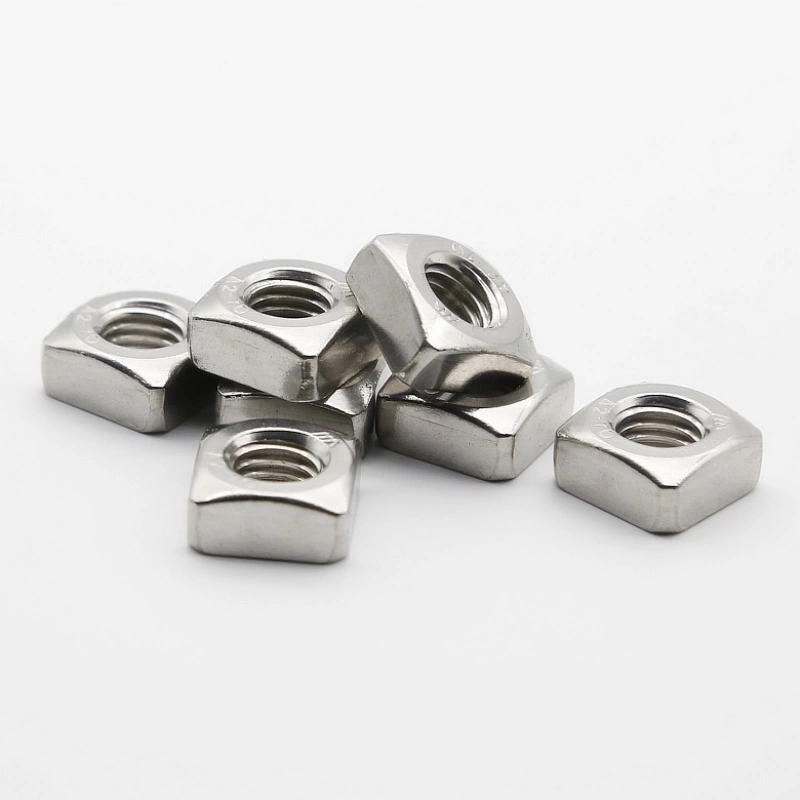

Different Varieties of Flange Nuts and Their Applications in Fastening Solutions
Oct . 02, 2024 01:24 Back to list
Different Varieties of Flange Nuts and Their Applications in Fastening Solutions
Types of Flange Nuts Understanding the Essentials
Flange nuts are a specialized type of fastening hardware that combines the features of a traditional nut with an integrated flange. This design not only provides effective clamping forces but also aids in load distribution, making flange nuts an essential component in various engineering and construction applications. In this article, we will explore the different types of flange nuts, their unique features, applications, and benefits.
What is a Flange Nut?
A flange nut is essentially a hex nut with a wide, circular flange at one end. The flange acts as an integrated washer, which helps in spreading the load over a larger surface area. This design minimizes the risk of damaging the workpiece and improves the overall stability of the assembly. Flange nuts can be made from a variety of materials including steel, stainless steel, brass, and nylon, allowing for different uses depending on environmental conditions and load requirements.
Types of Flange Nuts
1. Standard Flange Nuts The most common type of flange nut is the standard flange nut, characterized by its hexagonal shape and equally sized flange. These are widely used in applications where a large bearing surface is needed to prevent loosening and to offer better resistance against vibrations.
2. Serrated Flange Nuts Serrated flange nuts have serrations (or ridges) on the underside of the flange, which enhances the nut’s grip on the material. This type is particularly effective in applications that experience vibration or dynamic loading as the serrations help prevent the nut from loosening over time. They are commonly used in automotive and aerospace applications.
3. Locking Flange Nuts Locking flange nuts are designed to provide additional security against loosening. These nuts often incorporate a locking feature, such as nylon inserts or a serrated surface, which ensures that the nut remains securely fastened even under changing conditions. They are ideal for critical applications in both automotive and structural engineering.
types of flange nuts

4. Wing Flange Nuts Wing flange nuts, designed with two protruding wings, can be tightened and loosened by hand, which makes them especially convenient for applications requiring frequent adjustments. Their flanged design increases stability and load distribution. They are often used in electrical and mechanical assemblies where tools may not be readily available.
5. Non-Metallic Flange Nuts Non-metallic flange nuts, often made from nylon or other composite materials, are perfect for applications where non-conductivity or resistance to corrosion is paramount. These nuts work well in electronics and other environments where traditional metal nuts could pose a risk of short-circuiting or rusting.
6. Flanged Coupling Nuts Flanged coupling nuts serve as a connecting piece used to join two or more threaded rods or bolts. They are often used in applications requiring extended lengths and can distribute stresses evenly when joining multiple rods, thanks to their wider flanged surface.
Benefits of Using Flange Nuts
- Improved Load Distribution The larger surface area provided by the flange helps in distributing the load, reducing the stress on the underlying materials and preventing fatigue over time. - Resistance to Loosening Various designs, especially serrated and locking flange nuts, offer enhanced resistance to loosening, which is crucial for applications exposed to vibrations and dynamic forces. - Convenience With options like wing and locking flange nuts, users can easily install and remove nuts without requiring special tools, enhancing productivity in various assemblies.
- Versatility Flange nuts can be utilized across a multitude of sectors, including automotive, aerospace, construction, and electronics, due to their variety of materials and designs.
Conclusion
Flange nuts, with their unique designs and functionalities, play a critical role in ensuring the stability and reliability of mechanical assemblies. By understanding the different types available, including standard, serrated, locking, wing, and non-metallic flange nuts, as well as their specific applications and benefits, engineers and technicians can make informed choices about which type of flange nut to use. Whether in high-stress environments or in everyday applications, flange nuts significantly contribute to the integrity and longevity of connections.
Latest news
-
Hot Dip Galvanized Bolts-About LongZe|High Strength, Corrosion Resistance
NewsJul.30,2025
-
High-Strength Hot Dip Galvanized Bolts - Hebei Longze | Corrosion Resistance, Customization
NewsJul.30,2025
-
Hot Dip Galvanized Bolts-Hebei Longze|Corrosion Resistance&High Strength
NewsJul.30,2025
-
High-Strength Hot-Dip Galvanized Bolts-Hebei Longze|Corrosion Resistance&High Strength
NewsJul.30,2025
-
Hot Dip Galvanized Bolts-Hebei Longze|Corrosion Resistance&High Strength
NewsJul.30,2025
-
Hot Dip Galvanized Bolts - Hebei Longze | Corrosion Resistance, High Strength
NewsJul.30,2025

